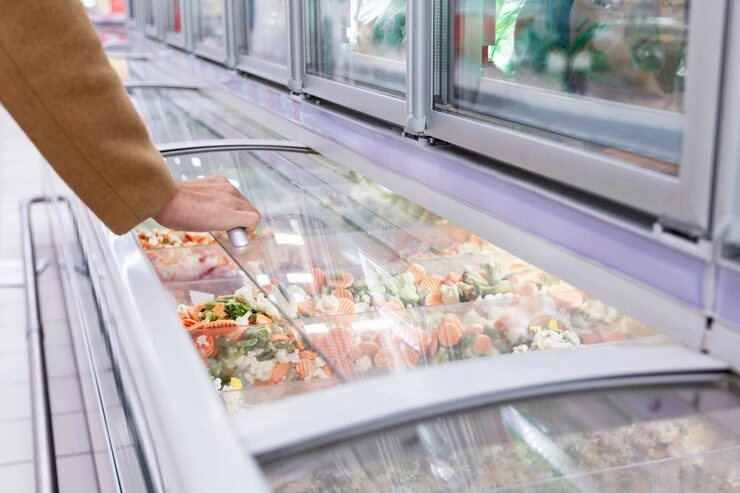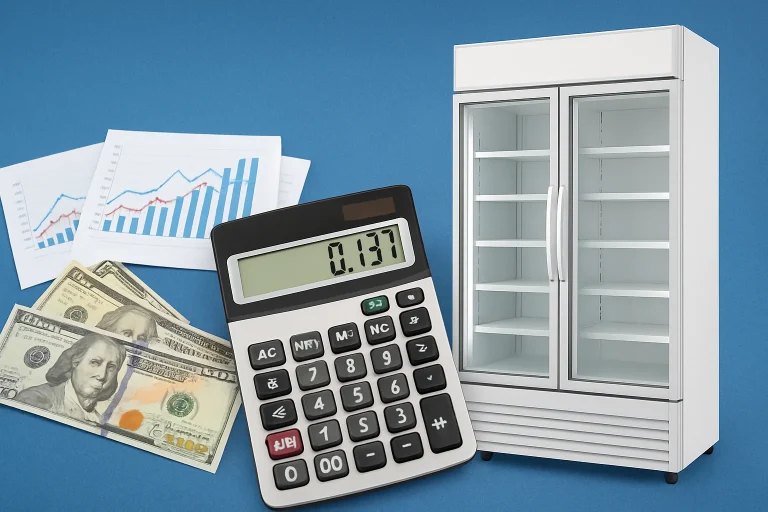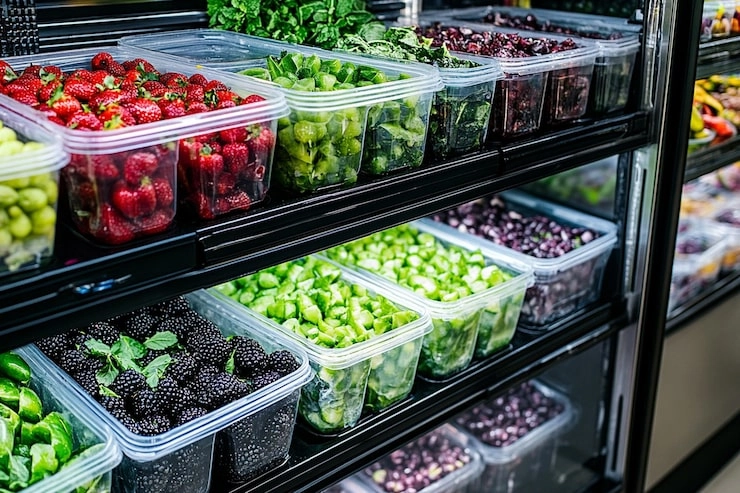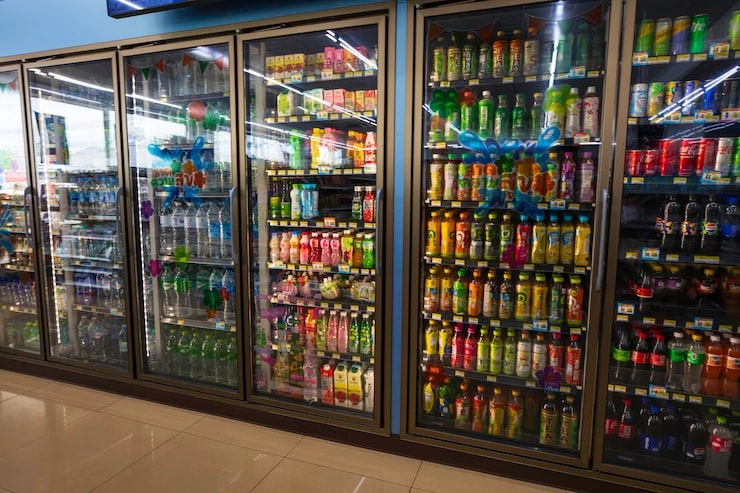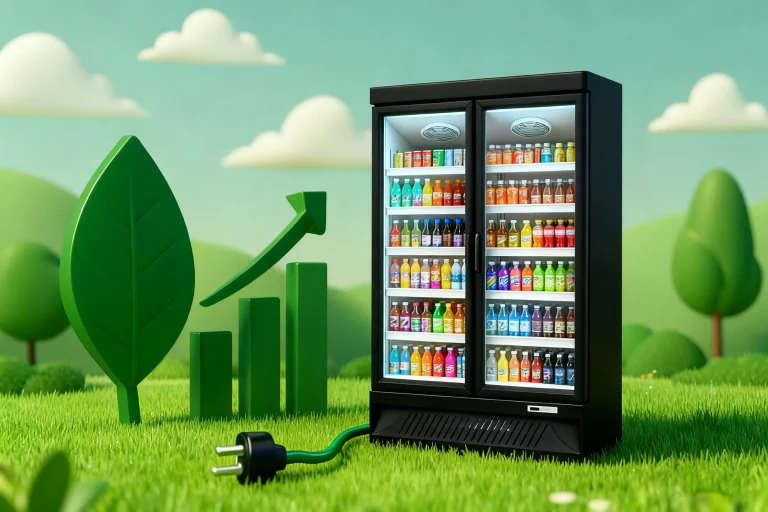Picking out the right commercial refrigeration is a vital choice for any business in foodservice, retail, or even pharmaceuticals. At the core of every unit is the compressor. This component governs not only cooling performance but also your business’s bottom line by impacting energy costs and maintenance expenses.
In the current market, two main compressor technologies stand out: the conventional, sturdy fixed-speed compressor and the contemporary, power-saving inverter (or variable-speed) compressor. While one is known for its dependability and affordability, the other is lauded for its smarts and long-term savings. This guide will impartially examine both technologies. Our goal is to help you make a wise investment that perfectly fits your business needs.
Understanding Fixed-Speed Compressors
For decades, fixed-speed compressors have been the industry benchmark, and for good reason. Their working principle is simple and strong.
How They Work
A fixed-speed compressor works on a basic on/off pattern. When the cabinet’s temperature goes above a set point, it kicks on and runs at full power. Once the desired temperature is hit, it turns off entirely. This cycle just keeps repeating to hold the right temperature range.
The Pros: Why Fixed-Speed Remains a Strong Choice
- Lower Initial Cost: These units are less complicated to build, which makes them considerably cheaper right from the start. This is a big plus for new businesses or those buying a whole fleet of refrigerators at once.
- Proven Reliability: The design is simpler. There are fewer electronic parts. Because of this, fixed-speed compressors have less that can go wrong. Their durable build is proven over time, and models from industry leaders like Secop are famous for their toughness and long lifespan under demanding business use.
- Simple & Affordable Maintenance: Technicians all over the world know this technology well. Plus, spare parts are easy to find and cheap. This ensures that any repairs are fast and budget-friendly.
The Cons: Where Fixed-Speed Falls Short
- Lower Energy Efficiency: It’s always cycling between full power and off. This can lead to a lot of wasted energy. It’s especially true during periods of light use.
- Wider Temperature Swings: The on/off nature of its operation means the internal temperature normally swings within a range around your setpoint.
- Higher Noise Levels: The powerful startup and constant full-speed running can create audible noise. This might be a problem in areas where customers are present.
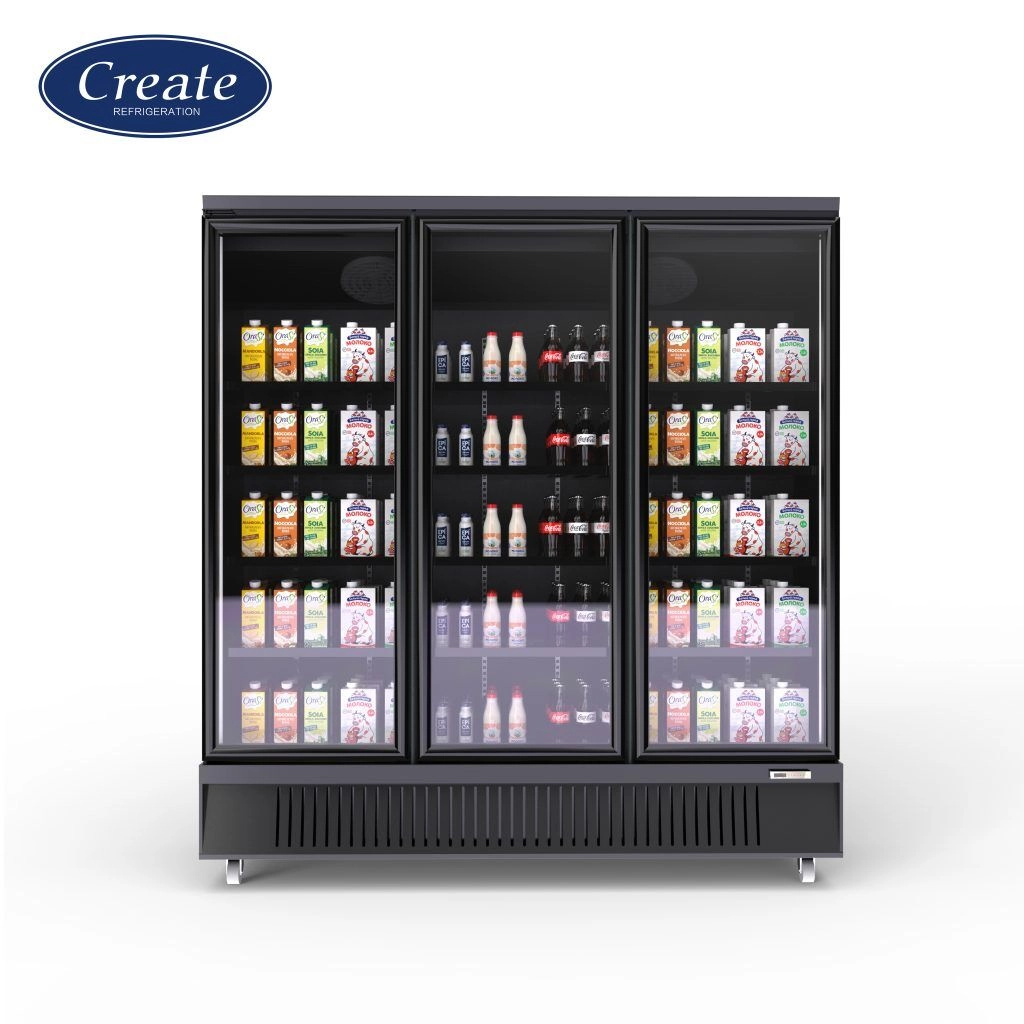
The Rise of Inverter Compressors
Inverter technology is a major leap forward in refrigeration. It focuses on smart technology, efficiency, and accuracy.
How They Work
An inverter compressor is different from its fixed-speed cousin. It can instantly change its operational speed based on the cooling needs. Instead of just shutting off, it can slow down to a much slower pace to simply maintain the temperature. It only speeds up when necessary, like after a door has been open.
The Pros: The Case for Upgrading to Inverter
- Superior Energy Savings: This is the main benefit. An inverter compressor perfectly aligns its output with the cooling need. What’s more, it avoids those wasteful on/off cycles. So, by adopting a top-tier brand inverter compressor, businesses can save up to 50% on their refrigeration electricity bills in just one year.
- Precise Temperature Control: The ability to run continuously at low speeds makes for incredibly steady temperatures. This lessens swings, making it perfect for preserving valuable, temperature-delicate items like fresh meat, pharmaceuticals, or flowers.
- Quieter Operation: There are no harsh start-stop cycles. Plus, it operates at low speeds most of the time. Thus, inverter units are a lot quieter, improving the atmosphere of any retail or hospitality space.
The Cons: What to Consider
- Higher Initial Cost: The sophisticated tech and intricate electronics make inverter-equipped units pricier to buy.
- More Complex Maintenance: These units are very dependable. However, if the electronic controls need fixing, the repair usually requires a specially trained technician. And that can be expensive.
How to Choose: Which Compressor is Right for Your Business?
The best choice isn’t about which technology is “better.” It’s about which one is the right fit for your unique business needs and budget goals.
Choose a Fixed-Speed Compressor if…
- Your upfront budget is the top priority.
- The unit will hold general goods that are not too delicate when it comes to small temperature shifts (e.g., beverages, packaged foods).
- Your business is in a place where finding expert technicians is difficult, making simple, tough technology a better option.
- The refrigeration workload is expected to be fairly steady and intense, which lets the unit run efficiently for long stretches.
Choose an Inverter Compressor if…
- Long-term operating cost (electricity savings) is your chief concern.
- You are storing precious, temperature-delicate stock that needs exact and consistent cooling.
- The unit will be in a quiet area where customers are present, like a high-end restaurant or cafe.
- Your business is dedicated to being eco-friendly and lowering its environmental impact.
Create Refrigeration: Your Partner for Tailored Cooling Solutions
At Create Refrigeration, we know that a cookie-cutter solution just doesn’t work. The perfect refrigeration solution is an exact match for your business. That’s why we offer a wide range of products featuring both highly reliable fixed-speed models for budget-friendly and sensible uses, as well as high-efficiency inverter models for businesses focused on lasting performance and environmental care.

Our team of pros will be your guide. We look at your particular business requirements, budget, and long-term goals to help you make the smartest pick. We provide a total, personalized package. First of all, we offer free 3D store designs. We also handle worldwide shipping and make sure our products meet strict global standards (CE, ETL, ISO, etc.). Ultimately, our goal is to ensure you get the most bang for your buck.
Frequently Asked Questions (FAQs):
Q1: How much more expensive is an inverter fridge, and what is the payback period?
A: The initial cost for an inverter model usually is 20%-40% higher. However, thanks to its major energy cost reductions of up to 50%, you usually make your money back within 1.5 to 3 years. This depends on how much you use it and what you pay for power.
Q2: Is an inverter compressor always the better choice?
A: Not always. They are more advanced in technology for efficiency and precision, but a top-notch fixed-speed unit is still a very budget-friendly and dependable option for many common business uses. At Create Refrigeration, our job is to help you weigh the pros and cons and pick the technology that is genuinely better for you.
Q3: Does Create Refrigeration offer products with both compressor options?
A: Yes, definitely. We offer a full range of products that includes both affordable and trustworthy fixed-speed units and modern, power-saving inverter units. This ensures that we can provide the ideal choice for any business customer, no matter their budget or how they’ll use it.

